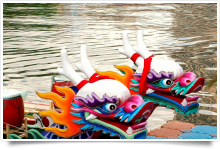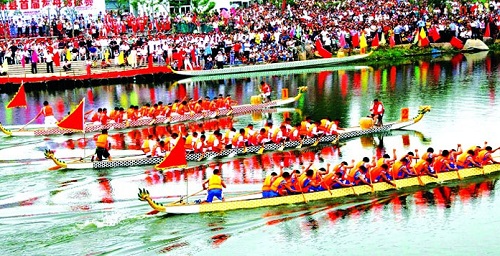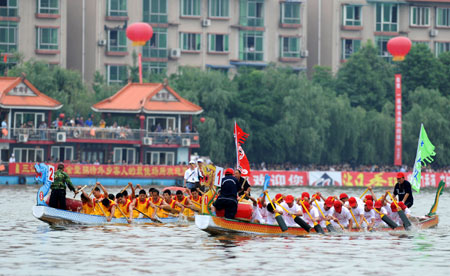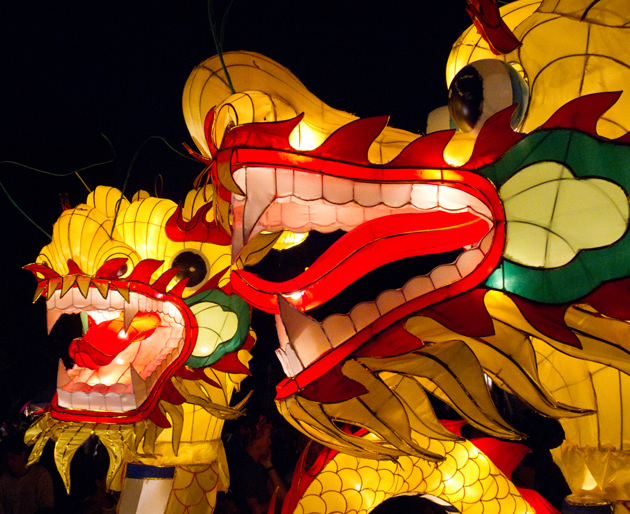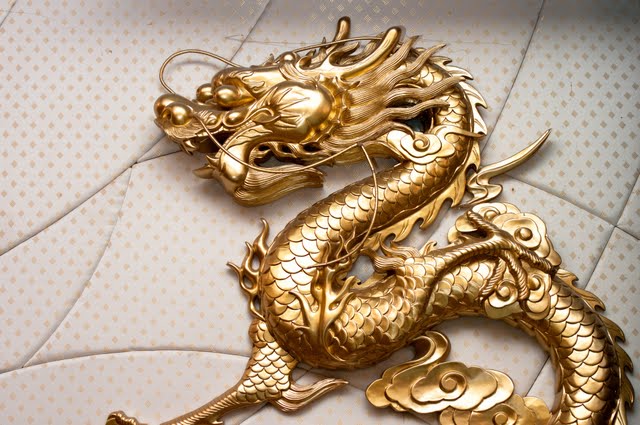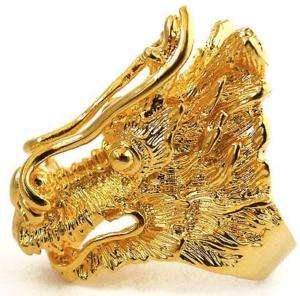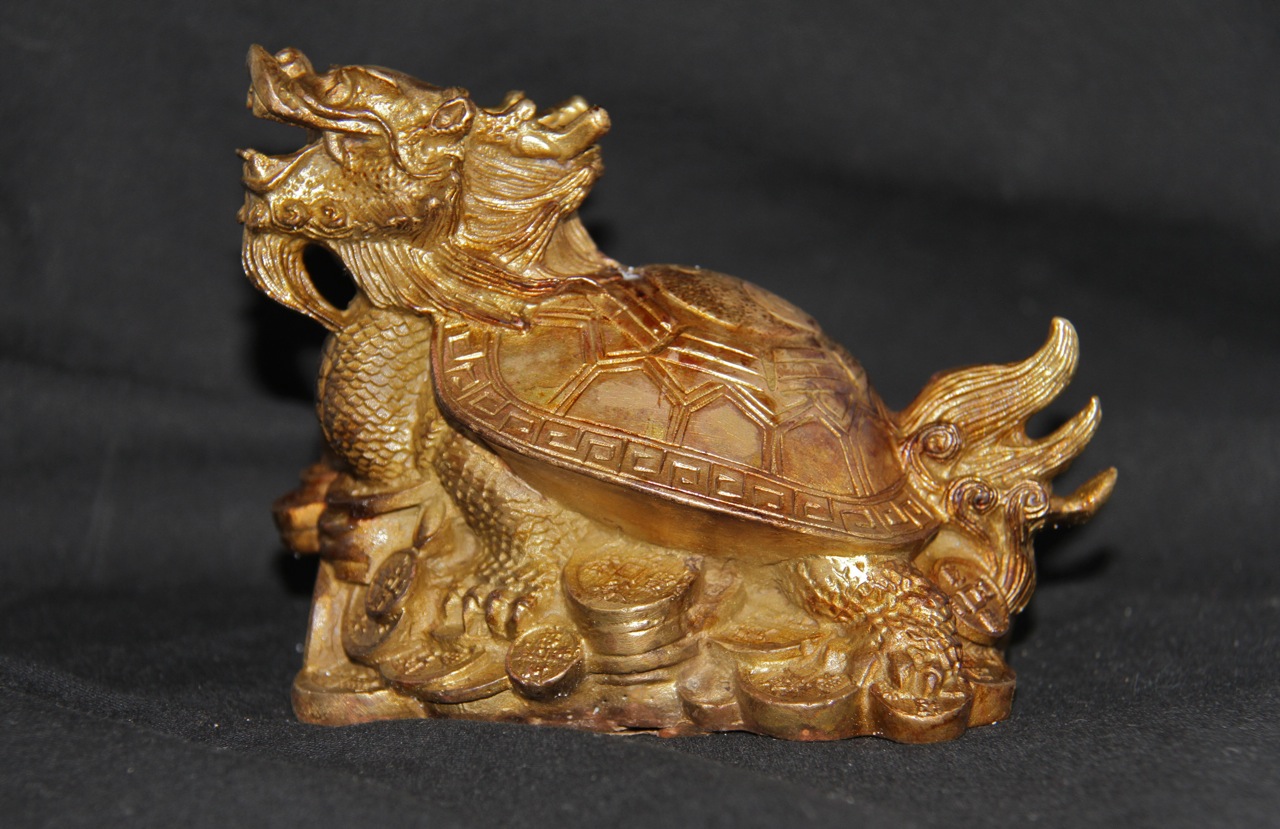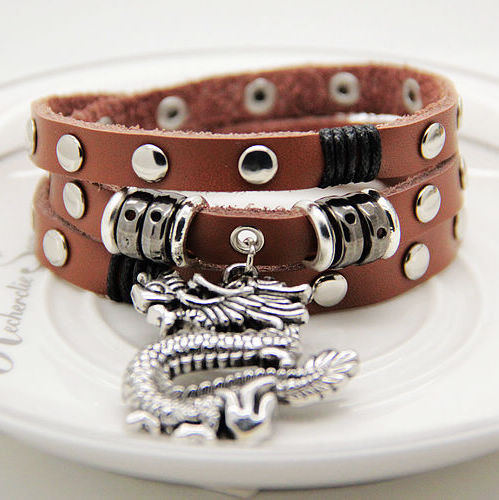Lucky Dragon Chinese Biography
Source(google.com.pk)
Apart from China, many other countries also enjoy the image of dragon in their legends. For instance, the dragon in western legends has a lot in common with Chinese dragon: huge body covered by squama and shells all over, four legs with sharp claws, horns, and both can fly in the sky. The differences are: western dragons have more heads varying from three, nine to twelve, while Chinese dragons just have one; western dragons spray water while Chinese, fire; western dragons usually represent evils while Chinese, good luck or fortune.
Chinese dragon is of magic power. It can change the length of its body as it wishes, it can either fly or swim and it can even bring rainfalls. People in ancient China often offered sacrifices to Dragon for favorable weather and good harvest.
It has been at least 6,000 years since dragon came into being.
Dragon was one of the totem worship images in remote times when people liked to use the images of creatures or plants which they held in awe as symbols of their tribes. They believed that totem worship could bring them protection and good luck.
What does dragon come of? There are a lot of answers such as crocodile, snake, pig or even lightening. Now many experts agree on that dragon came of a totem mainly consisting of snake. It had snake's body, pig's head, deer's horns, bull's ear, goat's beard, hawk's claws and fish's squama. This view introduces a penetrating insight towards the life of ancient society: in remote times of clanship, the Huaxia Clan symbolized by snake totem in the Yellow River drainage area conquered other clans and then grew into a big clan union by integrating others together with their totems. That was how the totem of dragon came into being.
In 1987 a grave of the Yangshao Culture in 6,000 years ago was unearthed in Ziyang, Henan Province, where a dragon made of mussel shells was found beside the male dead. This was the earliest dragon we have ever known by far. A jade dragon of more than 5,000 years of history was dug out in Inner Mongolia with a slim body crooked like the alphabet C and a pig-like head.
During the Shang and Zhou dynasties 3,000 years ago, dragons often appeared on utensil made of bronze or bones. We can even find the Chinese character of dragon in the inscriptions on tortoise shells and animal bones at that time. There are over 100 styles of writing the character of dragon.
In the Warring States Period (475-221BC), dragon was often drawn in the painting on silk. And the dragon in the Han Dynasty (206BC-220AD) looked much the same with today's dragons.
The Celestial Chinese Dragon is comparable as the symbol of the Chinese race itself. Chinese around the world, proudly proclaim themselves "Lung Tik Chuan Ren" (Descendents of the Dragon). Dragons are referred to as the divine mythical creature that brings with it ultimate abundance, prosperity and good fortune.
As the emblem of the Emperor and the Imperial command, the legend of the Chinese Dragon permeates the ancient Chinese civilization and shaped their culture until today. Its benevolence signifies greatness, goodness and blessings.
The Chinese Dragon, or Lung , symbolizes power and excellence, valiancy and boldness, heroism and perseverance, nobility and divinity. A dragon overcomes obstacles until success is his. He is energetic, decisive, optimistic, intelligent and ambitious.
Unlike the the negative energies associated with Western Dragons, most Eastern Dragons are beautiful, friendly, and wise. They are the angels of the Orient. Instead of being hated, they are loved and worshipped. Temples and shrines have been built to honor them, for they control the rain, rivers, lakes, and seas. Many Chinese cities have pagodas where people used to burn incense and pray to dragons. The Black Dragon Pool Chapel, near Peking, was reserved for the Empress and her court.
Lucky Dragon Chinese Chinese Dragon Tattoo Head Dance Symbol Drawing Pictures Parade Costume Mask Images
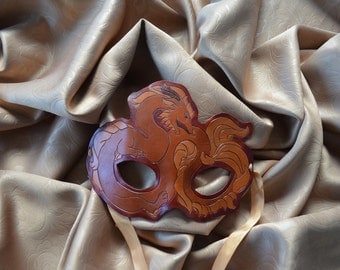
Lucky Dragon Chinese Chinese Dragon Tattoo Head Dance Symbol Drawing Pictures Parade Costume Mask Images
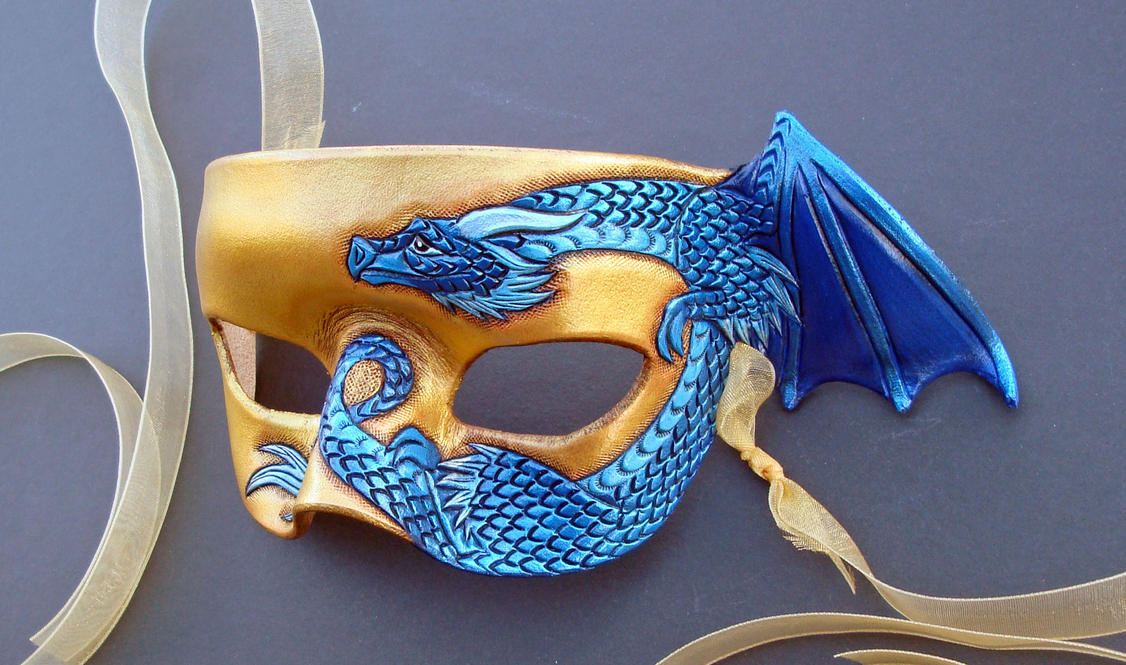
Lucky Dragon Chinese Chinese Dragon Tattoo Head Dance Symbol Drawing Pictures Parade Costume Mask Images

Lucky Dragon Chinese Chinese Dragon Tattoo Head Dance Symbol Drawing Pictures Parade Costume Mask Images

Lucky Dragon Chinese Chinese Dragon Tattoo Head Dance Symbol Drawing Pictures Parade Costume Mask Images

Lucky Dragon Chinese Chinese Dragon Tattoo Head Dance Symbol Drawing Pictures Parade Costume Mask Images
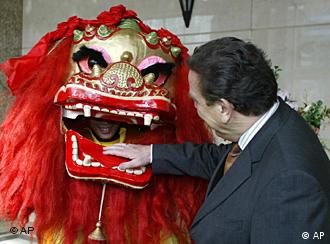
Lucky Dragon Chinese Chinese Dragon Tattoo Head Dance Symbol Drawing Pictures Parade Costume Mask Images
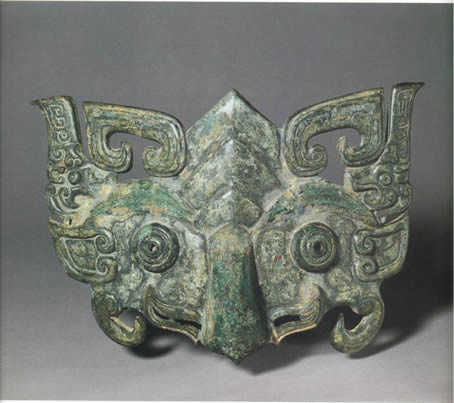
Lucky Dragon Chinese Chinese Dragon Tattoo Head Dance Symbol Drawing Pictures Parade Costume Mask Images

Lucky Dragon Chinese Chinese Dragon Tattoo Head Dance Symbol Drawing Pictures Parade Costume Mask Images

Lucky Dragon Chinese Chinese Dragon Tattoo Head Dance Symbol Drawing Pictures Parade Costume Mask Images
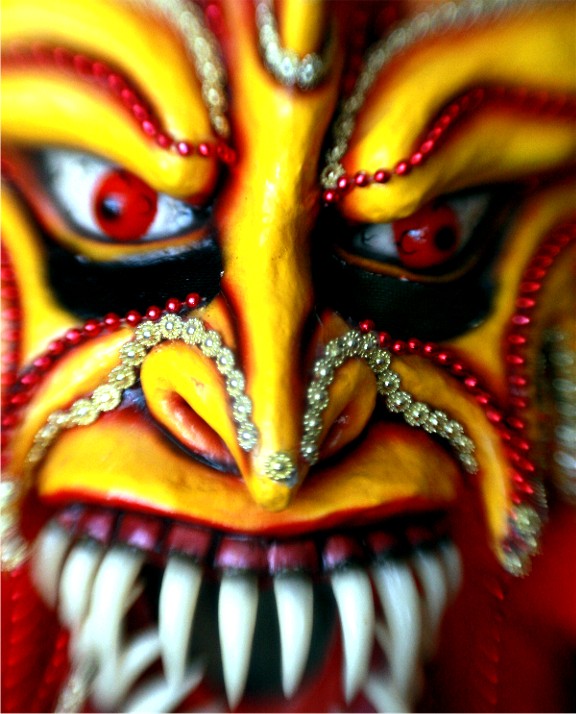
Lucky Dragon Chinese Chinese Dragon Tattoo Head Dance Symbol Drawing Pictures Parade Costume Mask Images
